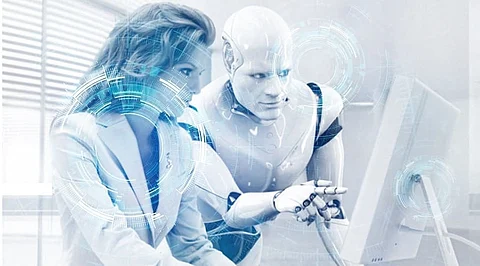

Earlier, the importance of AI suffered from a widespread lack of familiarity, but the technology has been relentlessly transforming every walk of life. Its wide-ranging tools have stepped beyond global businesses and industries and created world-altering solutions that answer several critical questions for society, economy, and governance. Meanwhile, the advancements of robotics and integration with AI are helping to automate almost every industrial process to promote efficiency. Robots have gained newfound effectiveness with AI tools and systems.
Recently, researchers have developed new computer vision systems that enable the integrated AI algorithms in robots to interpret scenes more accurately than other traditional systems do. For example, traditionally, if a robot processes a scene at the dinner table, it might completely omit a bowl that might be visible to any human observer. Also, if we take computer vision to self-driving cars, the stakes can go much higher. Such systems have failed to detect emergency vehicles and pedestrians crossing the street.
To overcome these errors, a team of researchers from MIT has developed a framework that helps machines to see the world more as humans do. The new artificial systems for analysing scenes learn to perceive real-world objects from just a few images and interpret scenes in terms of these learned objects.
The researchers built the framework using probabilistic programming, which is an AI approach that enables the system to cross-check detected objects against already available data to check if the images recorded from the camera are a relative match to any lively scene. Probabilistic inference allows the system to infer whether mismatches are likely due to noise or any other errors in the scene interpretation that need to be corrected by further processing.
In the future, the researchers would like the push the system so that it can learn about an object from a single image or a single frame in a movie, and then be able to detect the object robustly from different scenes.
Join our WhatsApp Channel to get the latest news, exclusives and videos on WhatsApp
_____________
Disclaimer: Analytics Insight does not provide financial advice or guidance. Also note that the cryptocurrencies mentioned/listed on the website could potentially be scams, i.e. designed to induce you to invest financial resources that may be lost forever and not be recoverable once investments are made. You are responsible for conducting your own research (DYOR) before making any investments. Read more here.
